
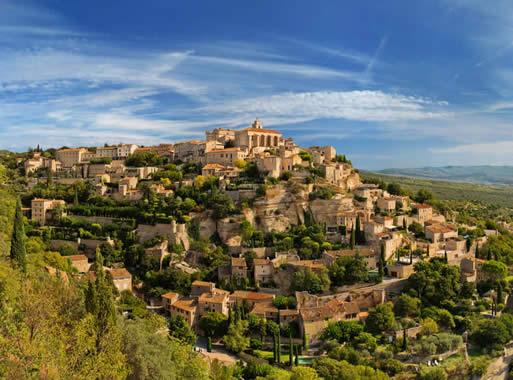
Built on the foothills of the Monts of Vaucluse, facing the Luberon, Gordes is one of the most well-known hilltop villages in the region, and one of the most beautiful in France. Its houses and buildings of white stone root themselves into the sharp cliff of the mountain, its labyrthinth of "calades" (narrow cobblestone streets) do not leave the visitor indifferent to its charms.
Many artists have stayed in the village of Gordes and have contributed to its fame. Some, such as André Lhote, Marc Chagall, Victor Vasarely and Pol Mara came to stay. Gordes is the seat of many cultural events in summer with its museums, a festival, concerts and numerous exhibitions.
Gordes is 30min from Avignon, 2h40 from Paris by TGV and one hour from the capital by plane, 45min from the Marseille-Provence Airport in Marignane and two hours from Nice and the Riviera.
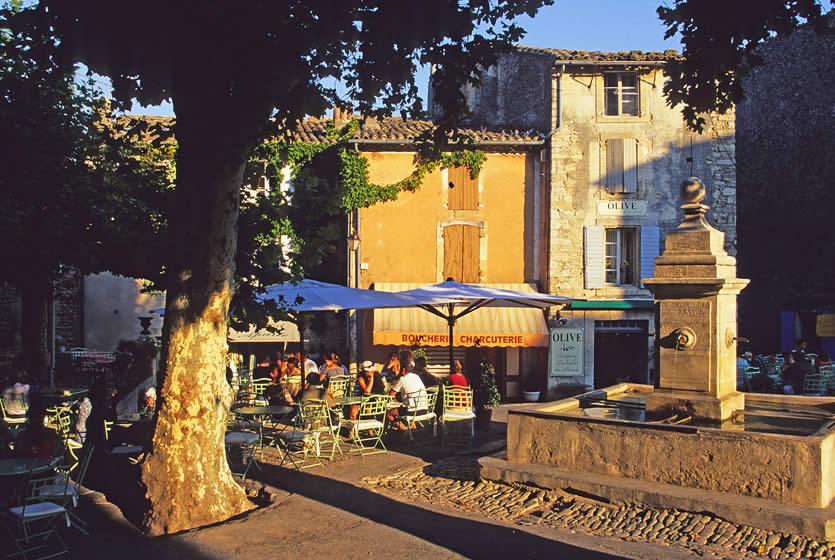
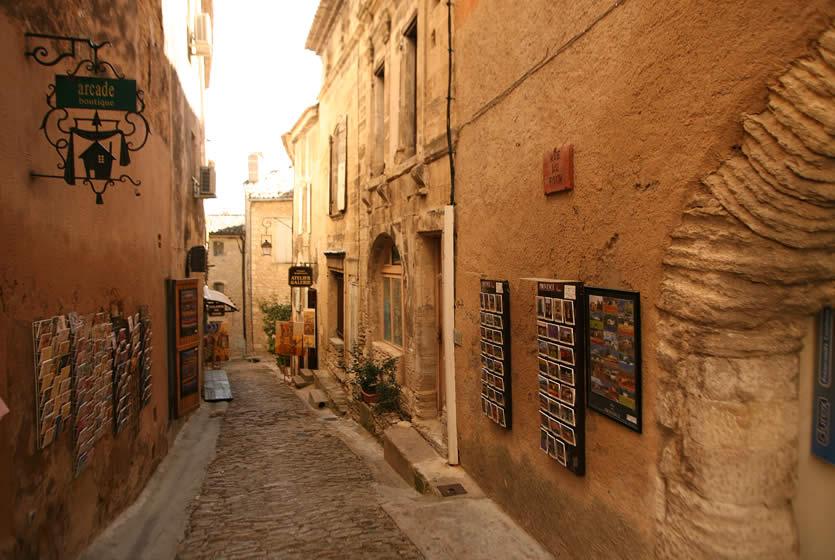
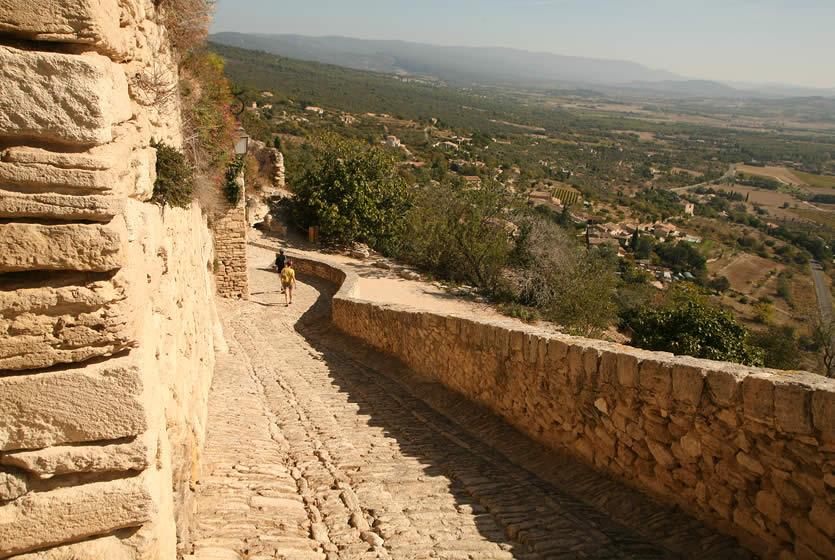

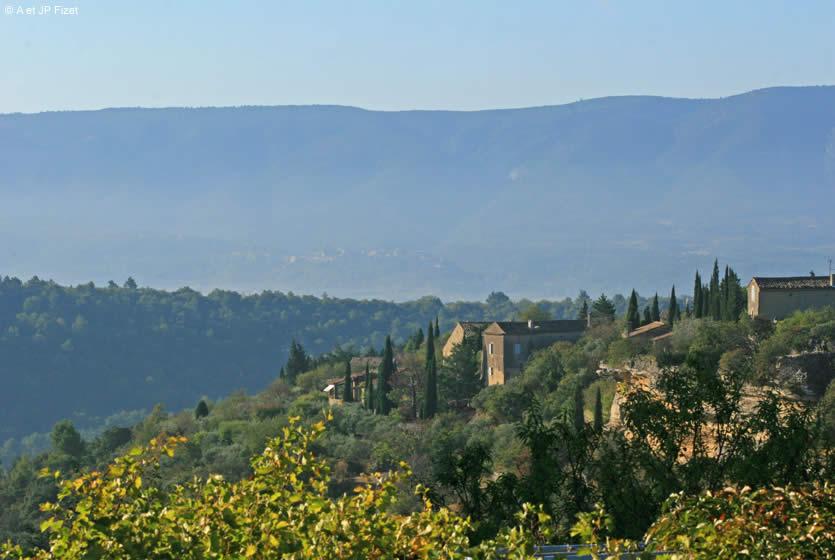
Panoramic view of the Luberon
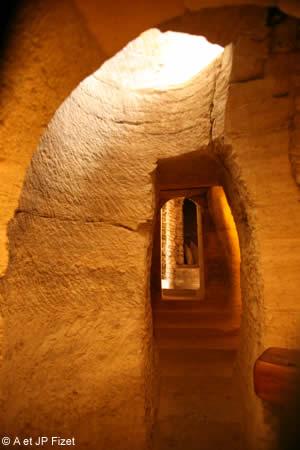
* The imposing chateau dominating the village dates from the 10th century and was remodeled during the Renaissance. You can visit it and the museum that it houses, the Pol Mara museum, contemporary Flemish painter and inhabitant of Gordes.
* The cellars of the Saint Firmin Palace.
* Don't miss the very pretty Saint-Firmin church, of Romanesque origin, greatly transformed in the 18th century.
- A promenade in Gordes offers, at a turning of one of the winding road, magnificent views of the surrounding countryside of the Luberon.
* The Saint Jacques Chaplaincy.
* The White Penitents Chapel.
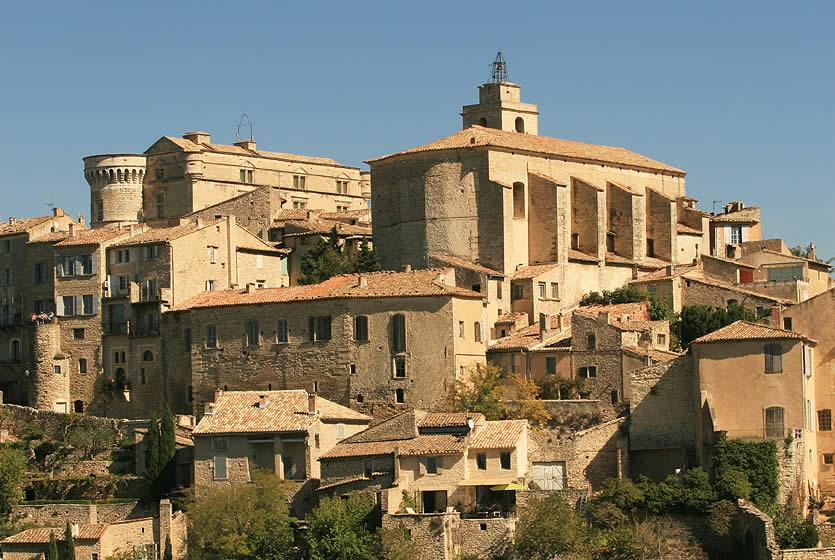
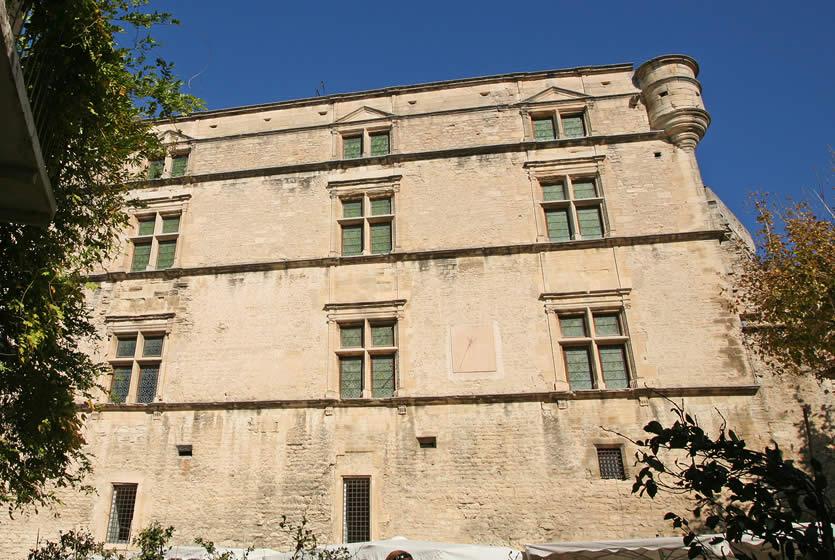
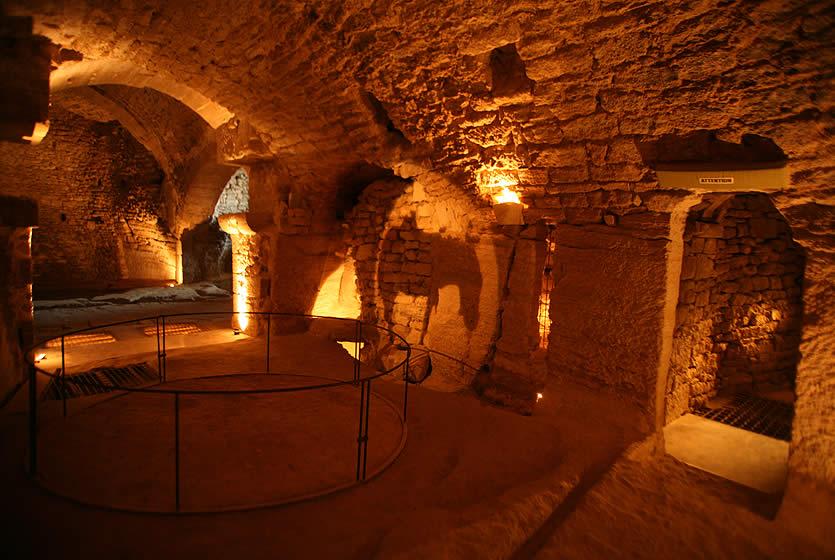

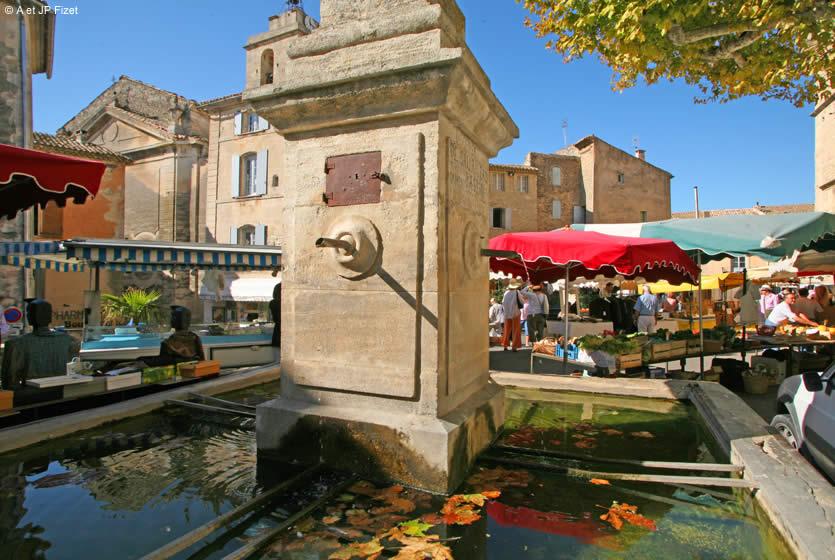
Market place and fountain in Gordes
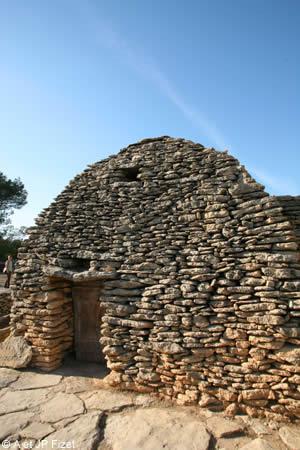
* The stony Bories Village, where all the buildings are constructed entirely of dry stone walls, is just a few kilometers away from Gordes, in Provence .
* The pure and harmonious lines of the Abbey of Sénanque make it a gem of Romanesque art ; it has become a symbol of Provence. Set in the bottom of a small valley, it is still occupied by Cistercian monks.
* The Moulin des Bouillons is a former olive oil mill, very well preserved.
* Lovers of walking can go off to discover the troglodyte water mills in the Gorges of Véroncle.
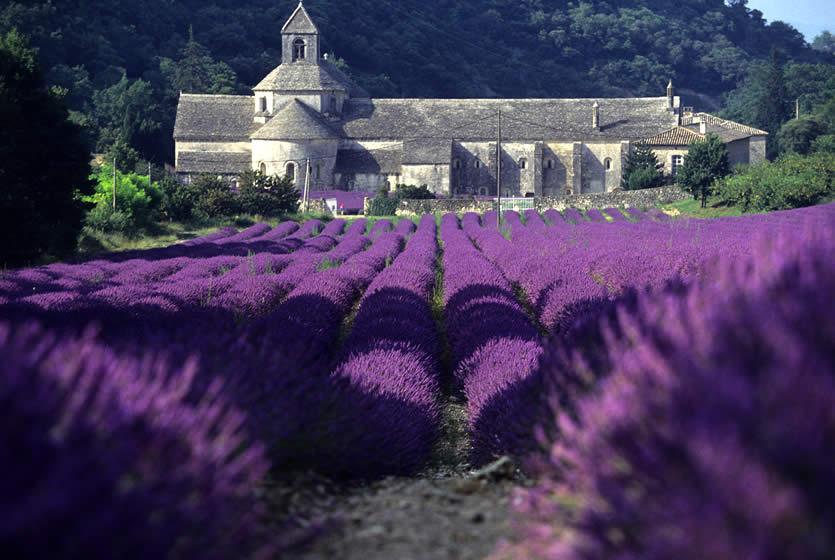
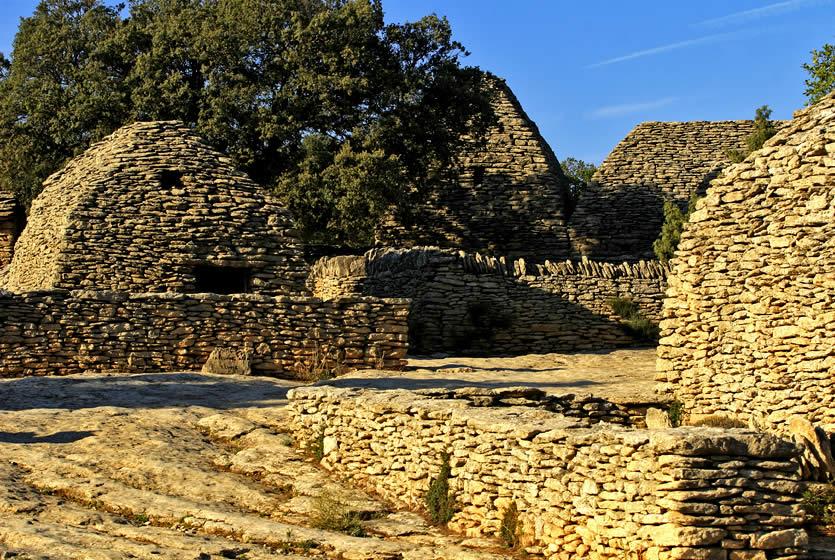
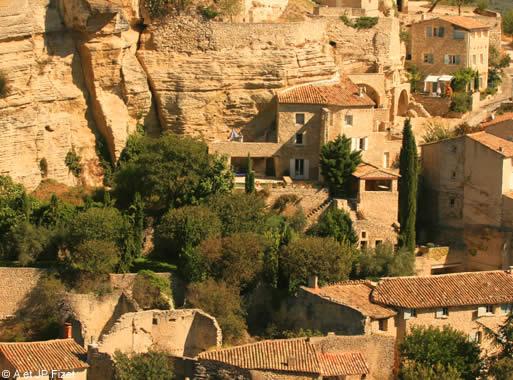
The site has great strategic importance ; it controls access to the Calavon valley. Occupied since prehistoric times, it was an oppidum in the Roman period.
During the Middle Ages, the inhabitants left the plain and settled around the fortified town.
During the Second World War, the village of Gordes was an active resistance center against the occupiers. It was bombed on August 22, 1944 and a dozen houses were dynamited in reprisal for the death of a German soldier, killed by resistance fighters.
The existing castel dates from the 10th century, and was remodeled during the Renaissance. During the Wars of Religion, Gordes, solidly fortified, resisted the assault Baron des Adrets, cruel Huguenot chief who raged his destructive fury on the Abbey of Senanque.
This imposing castel dominates the village of Gordes. It dates from the 10th century and was remodeled during the Renaissance. You can visit it and the museum that it houses, the Pol Mara museum, contemporary Flemish painter and inhabitant of Gordes.
The terrible insecurity, because of the many invasions over the centuries, forced the people of the countryside to seek refuge on the heights. That was the origin of these hilltop villages. The strategic value of these fortified towns lasted through the Middle Ages and a part of the Renaissance, notably during the Wars of Religion.
Today, Gordes is one of the seven most beautiful villages in France in the department of the Vaucluse. Known around the worlk, the village deserves, because of its invulnerable air, the name of acropolis-town and is in a choice place amongst the sentinel towns of the Luberon region.
Art of living
Gastronomy, markets of Provence, regional products, Christmas traditions, celebrities of Provence....
Where to sleep?